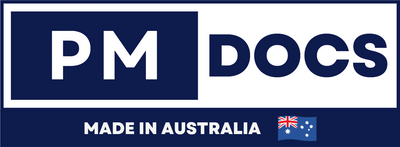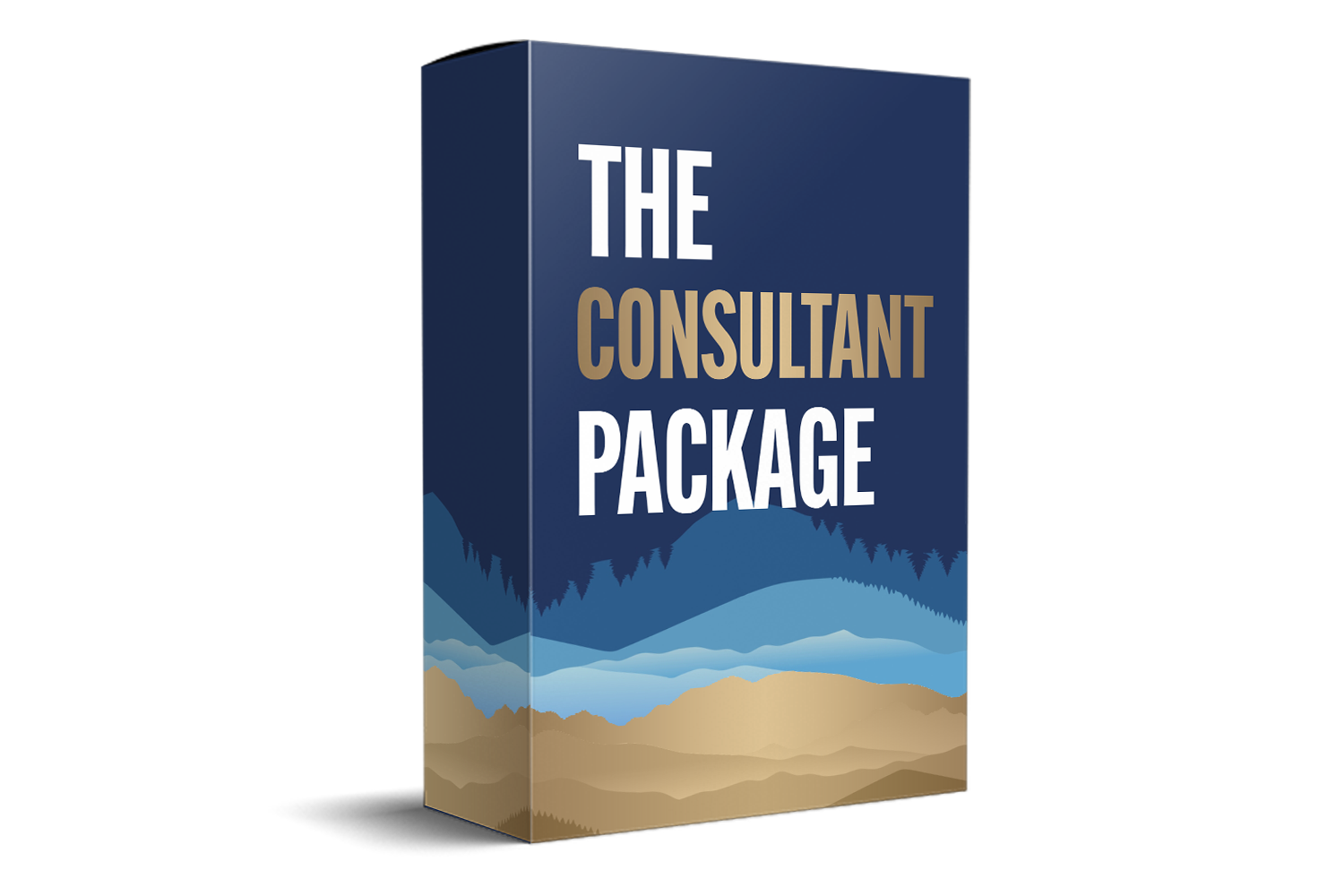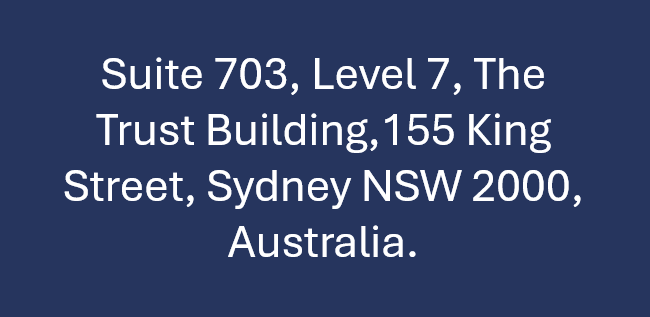ISO 9001 Standards In Australia: A Practical Overview
Mastering Quality Down Under: A Practical Guide To ISO 9001 In Australian Business
In today's competitive global landscape, quality isn't just a buzzword; it's a fundamental pillar of sustainable business success. For Australian enterprises, embracing robust quality management practices is paramount, not only for meeting customer expectations but also for fostering efficiency, driving innovation, and securing a competitive edge. This is where ISO 9001, the internationally recognised standard for quality management systems (QMS), comes into play.

But what does ISO 9001 truly mean for businesses operating Down Under? It’s more than just a certificate on the wall; it's a strategic framework that can transform operations, strengthen customer relationships, and unlock new opportunities. In this long-form post, we'll dive deep into ISO 9001, offering a practical overview tailored for the Australian business context, complete with useful tables and lists to guide your understanding.
What Exactly Is ISO 9001?
At its core, ISO 9001 is a standard that sets out the requirements for a quality management system. It's published by the International Organization for Standardization (ISO), an independent, non-governmental international organisation with a membership of 167 national standards bodies. The current version, ISO 9001:2015, focuses on principles that ensure organisations consistently meet customer and regulatory requirements, while also demonstrating a commitment to continuous improvement.
Crucially, ISO 9001 is generic. It can be applied to any organisation, regardless of its size, type, or the products and services it provides. It’s not about what you do, but how you do it, ensuring that processes are effective, documented, and consistently applied to achieve desired outcomes.
Why Is ISO 9001 So Important For Australian Businesses?
For Australian businesses, adopting and certifying to ISO 9001 offers a multitude of strategic advantages that resonate deeply within our unique market and regulatory environment.
Here are some key reasons why it matters:
-
Enhanced Credibility and Trust: In a market increasingly conscious of quality and reliability, an ISO 9001 certification signals to customers, suppliers, and partners that your organisation adheres to internationally recognised quality standards. This can be a significant differentiator.
-
Competitive Advantage: Many government tenders and large corporate contracts in Australia now explicitly require or highly favour ISO 9001 certification. It can open doors to new business opportunities that might otherwise be inaccessible.
-
Improved Efficiency and Productivity: By implementing a QMS, businesses are forced to scrutinise their processes, identify inefficiencies, reduce waste, and streamline operations. This leads to cost savings and higher output.
-
Stronger Risk Management: The standard encourages a proactive approach to identifying and mitigating risks, leading to fewer errors, customer complaints, and potential liabilities – a crucial aspect in Australia’s robust regulatory landscape.
-
Consistent Service Delivery: Documented processes and quality controls ensure that products and services are consistently delivered to the same high standard, fostering customer loyalty and reducing rework.
-
Employee Engagement and Morale: Clear processes, defined roles, and a focus on quality can empower employees, improve communication, and lead to a more engaged and satisfied workforce.
- Facilitates Continuous Improvement: ISO 9001 is built on a cycle of planning, doing, checking, and acting (PDCA). This systematic approach instills a culture of ongoing improvement, essential for long-term success.
The Seven Key Principles Of ISO 9001:2015
The ISO 9001 standard is underpinned by seven fundamental quality management principles. Understanding these principles is crucial for effective implementation:
-
Customer Focus: Meeting customer requirements and striving to exceed customer expectations.
-
Leadership: Leaders at all levels establish unity of purpose and direction, creating conditions in which people are engaged in achieving the organisation's quality objectives.
-
Engagement of People: Competent, empowered and engaged people at all levels are essential to enhance the organisation’s capacity to create and deliver value.
-
Process Approach: Consistent and predictable results are achieved more effectively and efficiently when activities are understood and managed as interrelated processes.
-
Improvement: Successful organisations have an ongoing focus on improvement.
-
Evidence-based Decision Making: Decisions based on the analysis and evaluation of data and information are more likely to produce desired results.
- Relationship Management: For sustained success, an organisation manages its relationships with relevant interested parties, such as suppliers.
The ISO 9001 Certification Journey For Australian Businesses: A Practical Roadmap
Achieving ISO 9001 certification in Australia involves a structured process that, while requiring commitment, is entirely manageable. Here’s a typical journey:
-
Commitment & Planning:
-
Secure Leadership Buy-in: Essential for allocating resources and driving change.
-
Form a Project Team: Assign responsibilities for implementation.
-
Define Scope: Determine which parts of your organisation will be covered by the QMS.
-
Secure Leadership Buy-in: Essential for allocating resources and driving change.
-
Gap Analysis & Documentation:
-
Conduct a Gap Analysis: Compare your current operations against the requirements of ISO 9001:2015. Identify what’s missing.
-
Develop Your QMS Documentation: This includes your Quality Manual (optional but common), procedures, work instructions, and forms. Tools for Australian businesses often include leveraging online QMS platforms.
-
Conduct a Gap Analysis: Compare your current operations against the requirements of ISO 9001:2015. Identify what’s missing.
-
Implementation & Training:
-
Implement New Processes: Put the documented procedures into practice across the organisation.
-
Train Employees: Ensure all staff understand their roles and responsibilities within the QMS. Awareness training is critical.
-
Implement New Processes: Put the documented procedures into practice across the organisation.
-
Internal Audit:
-
Conduct Internal Audits: Periodically audit your own QMS to identify non-conformities, opportunities for improvement, and ensure ongoing compliance with the standard and your own procedures. This is a critical learning phase.
-
Conduct Internal Audits: Periodically audit your own QMS to identify non-conformities, opportunities for improvement, and ensure ongoing compliance with the standard and your own procedures. This is a critical learning phase.
-
Management Review:
-
Hold Management Reviews: Top management reviews the QMS's performance, suitability, adequacy, and effectiveness at planned intervals. This is where strategic decisions for improvement are made.
-
Hold Management Reviews: Top management reviews the QMS's performance, suitability, adequacy, and effectiveness at planned intervals. This is where strategic decisions for improvement are made.
-
Certification Audit (by an External Body):
-
Select a Certification Body: Choose an accredited certification body (in Australia, look for JAS-ANZ accreditation, which is the Joint Accreditation System of Australia and New Zealand).
-
Stage 1 Audit (Document Review): The auditor reviews your QMS documentation to ensure it meets ISO 9001 requirements.
-
Stage 2 Audit (On-site Assessment): The auditor visits your premises to verify that your QMS is effectively implemented and being followed in practice. They will review records, observe processes, and interview staff.
-
Select a Certification Body: Choose an accredited certification body (in Australia, look for JAS-ANZ accreditation, which is the Joint Accreditation System of Australia and New Zealand).
-
Certification & Surveillance:
-
Receive Certification: Upon successful completion of the Stage 2 audit, you receive your ISO 9001 certificate.
-
Annual Surveillance Audits: The certification body conducts annual audits to ensure your QMS continues to comply with the standard and is being maintained effectively.
- Recertification Audit: Typically every three years, a comprehensive audit is conducted to renew your certification.
-
Receive Certification: Upon successful completion of the Stage 2 audit, you receive your ISO 9001 certificate.
Benefits Of ISO 9001 Certification: An Australian Perspective
The tangible and intangible benefits for Australian businesses adopting ISO 9001 are diverse.
Here's a breakdown:
| Category | Specific Benefits for Australian Businesses | Impact on Business |
|---|---|---|
| Internal | Operational Efficiency: Streamlined processes, reduced waste, better resource allocation. | Lower operating costs, faster turnaround times, improved profitability. |
| Enhanced Employee Engagement: Clear roles, improved communication, empowerment. | Higher staff morale, reduced turnover, improved productivity, better safety. | |
| Robust Risk Management: Proactive identification and mitigation of operational risks. | Fewer errors, reduced product/service defects, lower compliance breaches. | |
| Data-Driven Decision Making: Utilisation of performance data for improvements. | More informed strategic planning, effective problem-solving, clearer objectives. | |
| External | Increased Market Access: Meeting requirements for government tenders and large contracts. | Expanded customer base, access to new industries and revenue streams. |
| Improved Customer Satisfaction: Consistent quality, fewer complaints, better service. | Enhanced reputation, increased customer loyalty, positive word-of-mouth. | |
| Stronger Supplier Relationships: Clear expectations, improved communication. | Better quality inputs, more reliable supply chains, potential cost savings. | |
| Enhanced Reputation & Brand Image: Demonstrating commitment to global quality standards. | Competitive differentiation, increased investor confidence, stronger brand equity. | |
| Regulatory Compliance (Indirect): Often helps meet specific industry regulations. | Reduced penalties, smoother audits from industry bodies, fewer legal issues. |
Challenges And Considerations For Australian Businesses
While the benefits are substantial, it's important to acknowledge potential challenges in the ISO 9001 journey:
-
Initial Investment: The costs associated with consultancy, training, auditing, and staff time can be significant. Businesses need to factor this into their budget.
-
Time and Resource Commitment: Implementing a QMS requires dedicated time and effort from management and staff. It’s not a "set and forget" system.
-
Change Management: Introducing new processes and a quality-focused culture can be met with resistance from employees. Effective communication and training are key.
-
Avoiding "Paperwork for Paperwork's Sake": The focus should always be on genuine improvements, not just creating documents for the audit. An effective QMS simplifies, not complicates.
-
Maintaining Momentum: Certification is just the beginning. The ongoing commitment to internal audits, management reviews, and continuous improvement is vital to retain the benefits.
- Choosing the Right Partner: Selecting a reputable ISO consultant and a JAS-ANZ accredited certification body is critical to success. Do your due diligence.
The Australian Context: JAS-ANZ And Local Industry
In Australia, the integrity and credibility of management system certifications, including ISO 9001, are largely overseen by JAS-ANZ (Joint Accreditation System of Australia and New Zealand). JAS-ANZ is the government-appointed body responsible for accrediting certification bodies in both countries. When choosing a certification body for your ISO 9001 audit, ensuring they are JAS-ANZ accredited provides assurance that they meet stringent international standards of competence and impartiality.
Furthermore, Australia's diverse economy means ISO 9001 finds relevance across a myriad of sectors:
-
Manufacturing: Ensuring product consistency and quality control.
-
Construction: Managing project quality, safety, and client expectations.
-
Healthcare: Standardising processes for patient care and administrative efficiency.
-
IT & Software: Enhancing development processes and service delivery.
-
Professional Services: Ensuring consistent service quality and client satisfaction.
- Mining & Resources: Managing complex operations, safety, and environmental standards.
Many industry-specific standards often build upon the ISO 9001 framework, such as ISO/TS 29001 for the petroleum, petrochemical, and natural gas industries, or IATF 16949 for the automotive sector.
Conclusion: Investing In Quality For A Sustainable Future
For Australian businesses looking to thrive in an increasingly demanding market, ISO 9001 is more than just a regulatory hurdle or a marketing tool; it's a strategic investment in the future. By formalising your commitment to quality, you're not only meeting global benchmarks but also laying the groundwork for operational excellence, enhanced customer satisfaction, and sustained growth.
The journey to ISO 9001 certification may require effort, but the long-term rewards – from increased efficiency and reduced risks to greater market access and a stronger reputation – make it a profoundly worthwhile endeavour for any forward-thinking Australian enterprise. Embracing ISO 9001 means building a business that is not only robust and responsive but truly excels in delivering value, Down Under and beyond.




